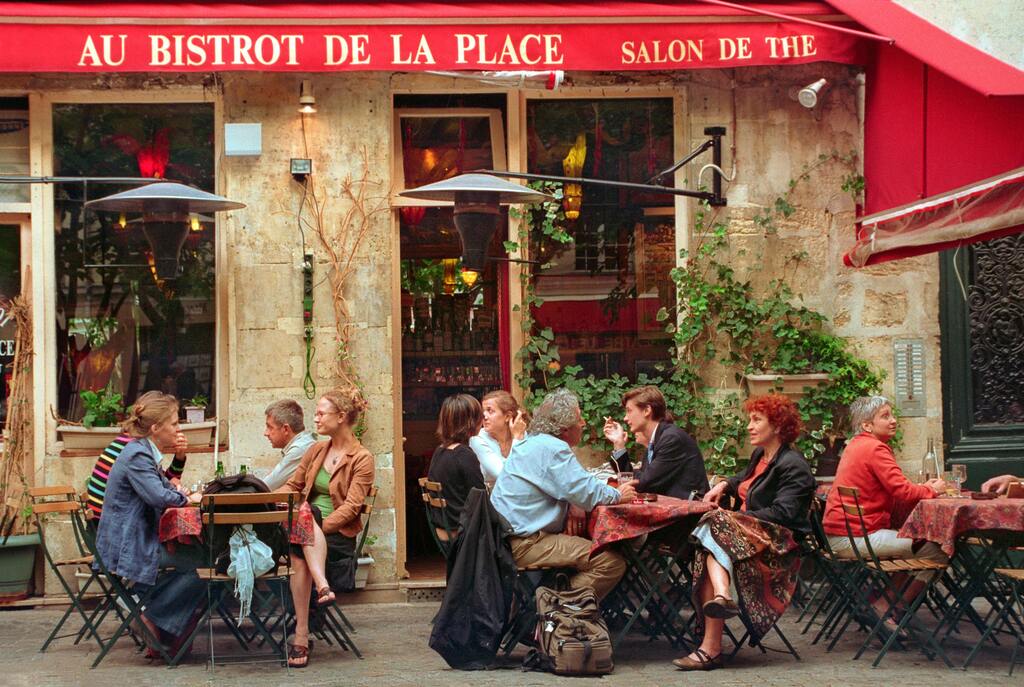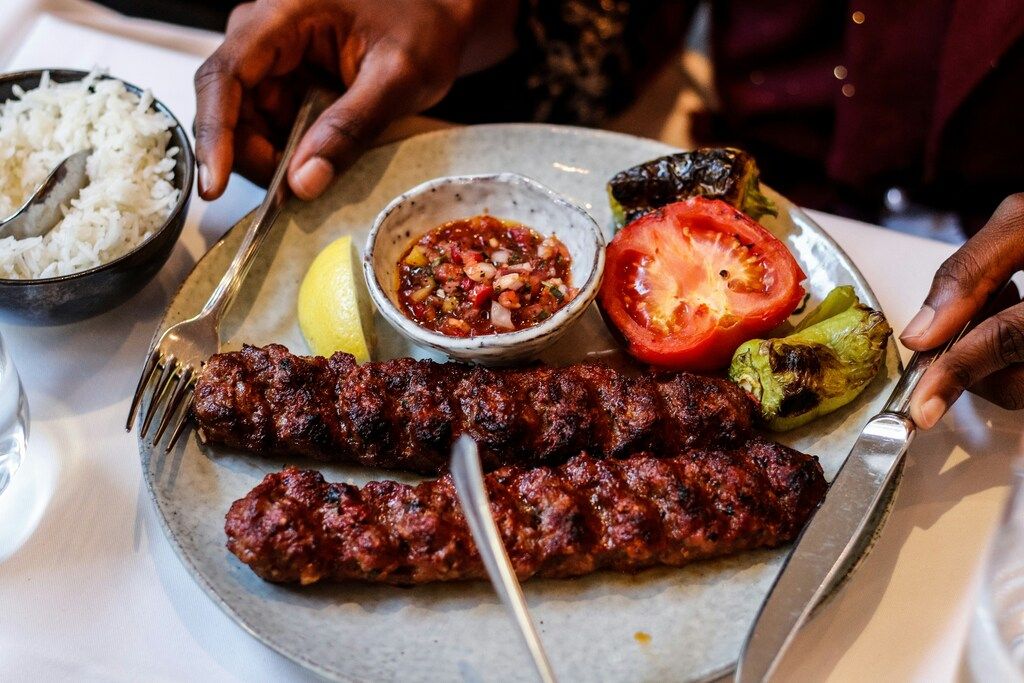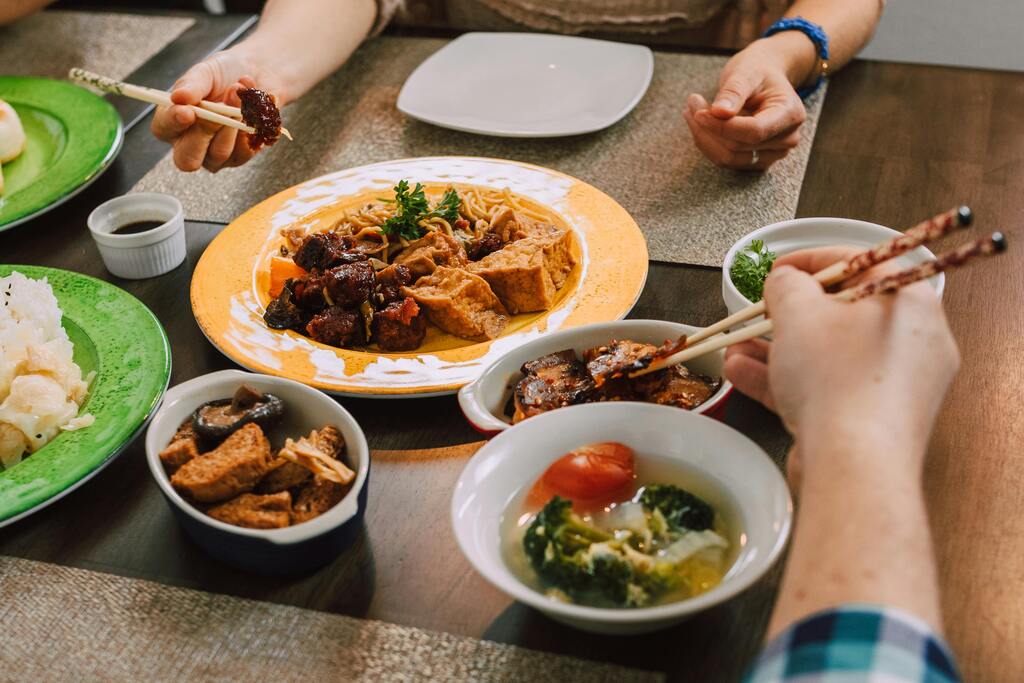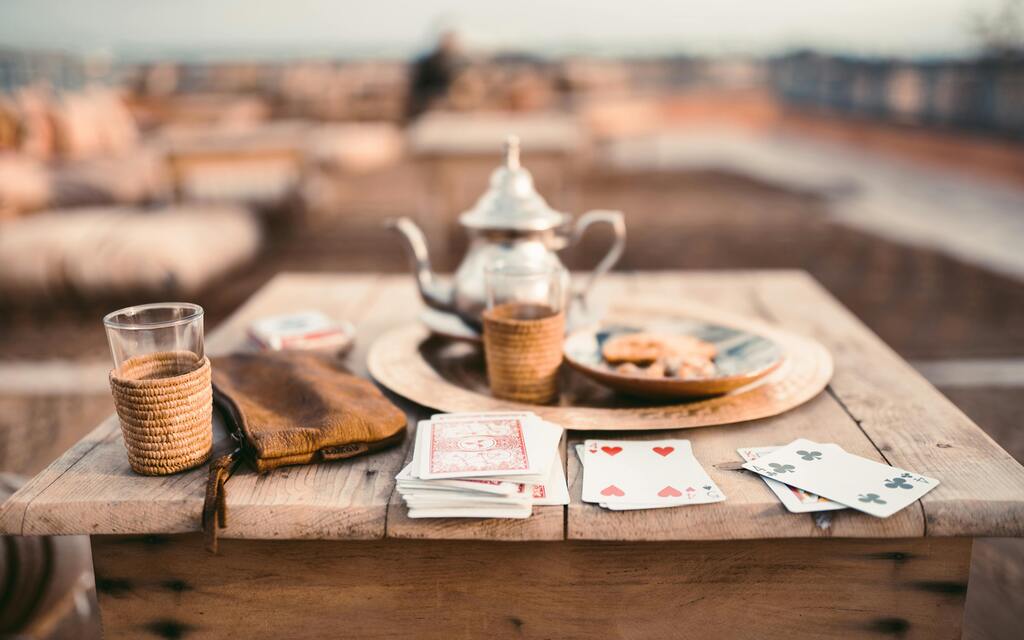

Moroccan cuisine is an extravaganza for the senses. Smell the spices in the souks, see colourful dishes on painted pottery, and taste the explosion of flavours in every bite.
Each recipe is a story. From stews in tagine pots to celebratory sweets, Moroccan cuisine is timeless, authentic, and truly classic.
For the unseasoned traveller or adventurer, Morocco’s dining is not to be missed. These ten Moroccan dishes are the definitive, most authentic and, altogether, this country’s most amazing multi-dynamic cuisine. All aboard! Enjoy the feast.
Tagine: A quintessential moroccan dish
Few dishes symbolise genuine Moroccan cooking as much as tagine. Tagine refers to both the dish and the conical clay pot it’s cooked in, a symbol of Moroccan culinary culture. It’s a celebration of not only the slow-cooking technique but also the ability to layer tastes and flavours. It is time and love.
There are as many versions of tagine as there are cooks in the medina. Lamb tagine with apricots and almonds represents the complexity of the sweet and savoury. Chicken tagine with preserved lemons and olives is a heady citrus version. For those who aren’t interested in eating meat, vegetarian tagines with seasonal vegetables, chickpeas, and perfectly aromatic seasoning combinations abound.
The tagine is an all-afternoon affair, where ingredients simmer to create a rich, warming flavor that embodies Morocco, perfect with bread or on its own.
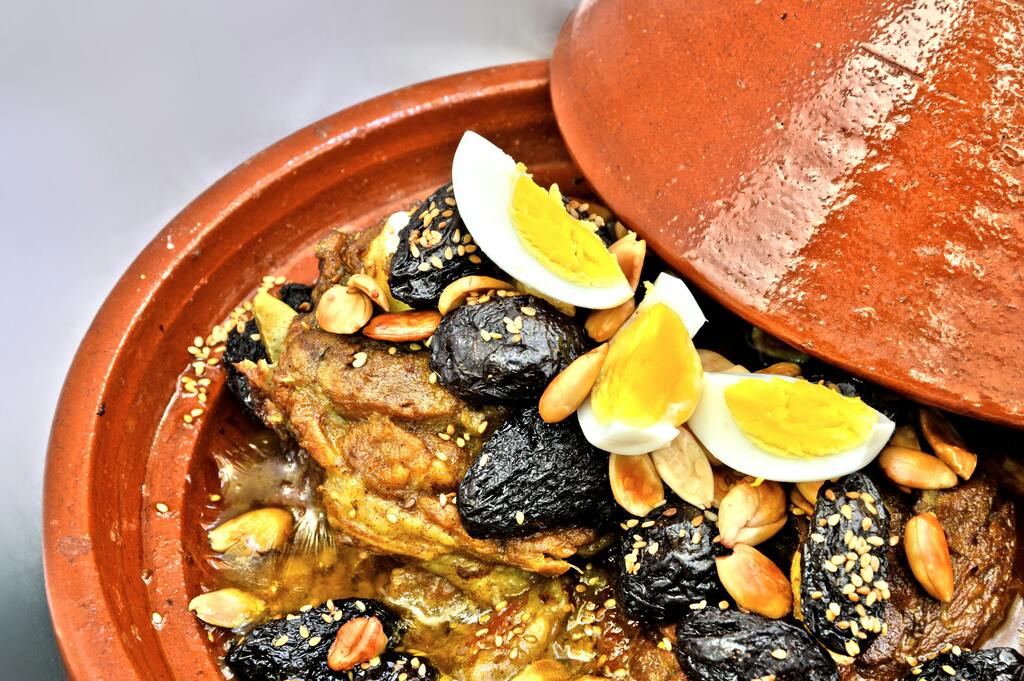
Couscous: A staple of moroccan feasts
Morocco is famous for being a food-loving culture, and couscous is perhaps its best-known dish. This communal meal, often served on holidays, has a rich history in the country and remains a cherished tradition today.
Making couscous takes skill. To get its light, fluffy texture, it must be repeatedly steamed. Then it’s topped with a savoury stew of vegetables, meat or chicken. Popular spices include Ras el Hanout, a blend of about a dozen spices, including cumin, coriander and other fragrant spices.
But eating couscous isn’t just about the food. It’s a social experience! Everyone gathers around a single plate of couscous, eating with a spoon or even their hands, depending on the company.
Couscous now enjoys global popularity, but the traditional food is a key part of the country’s culinary repertoire.
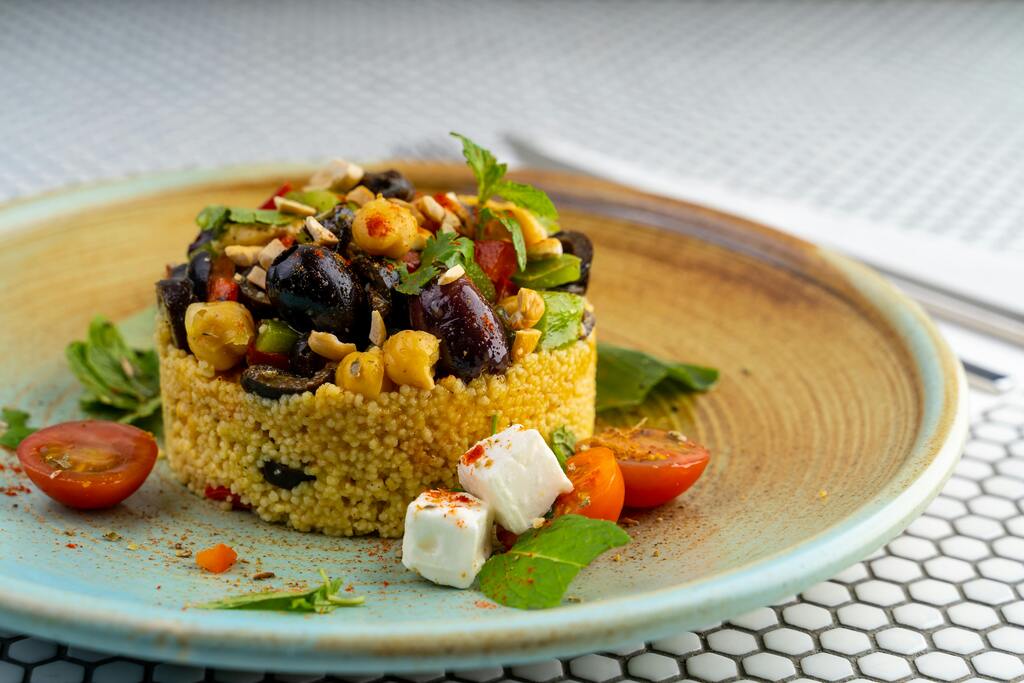
Pastilla: The perfect balance of sweet and savoury
Pastilla (sometimes called bastilla) is a classic Moroccan food that captures what makes Moroccan cuisine so magical. Typically made with pigeon, pastilla is now often prepared with chicken for broader appeal while staying true to its Moroccan roots. This iconic dish shines at weddings, especially in Fes and Meknes, and is frequently served at other celebrations as an impressive starter or appetiser. The mouthwatering contrast of textures and flavours makes pastilla unlike any other dish.
The sweet spices of the filling are offset by the salt of the chicken and the sugar topping. Texturally, too, pastilla is interesting, with almonds providing a bit of crunch to the dish.
Pastilla is a great example of the creativity and depth of flavours found in Moroccan cuisine. Tasting pastilla is the perfect end to a perfect day when you experience Morocco through your stomach.
Harira Soup: A ramadan favourite
Harira isn’t just soup — it’s comfort, tradition, and community woven into the fabric of typical Moroccan food culture. During Ramadan, many Moroccans break their fast with this hearty soup; it, along with dates and warm bread, a key part of the nightly ritual.
Made with tomatoes, lentils, chickpeas and a rich variety of spices, harira is full of goodness. Parsley and coriander add fresh, green flavors to this soup, perfectly balancing its savoury richness.
Though harira reigns as the official soup of Ramadan, it’s beloved year-round. Few winter memories are as comforting as a warm cartwheel of bread — chewy khobz or flaky msemen — paired with a hearty bowl of harira, a perfect embodiment of Moroccan tradition.
Serving harira soup with Moroccan breakfast staples like msemen or khobz trasforms this simple dish into the ultimate comfort food experience.
Moroccan Mint Tea: The symbol of hospitality
No trip to Morocco is complete without a traditional mint tea. Called “Berber whisky”, the sweet and minty tea is the superlative hallmark of Moroccan culture, cuisine and hospitality.
Combining green tea, fresh mint leaves and lashings of sugar, the tea is carefully prepared and dramatically served. Tea is poured from a height into ornate glasses, creating a frothy top that enhances both the visual appeal ant the overall experience.
This iconic Moroccan staple is not just a drink but an experience to be shared. Serving Moroccan mint tea, whether with family or to welcome guests, symbolizes warmth and hospitality. For other food experiences to be had in the country, check out more information on what to see in Morocco.
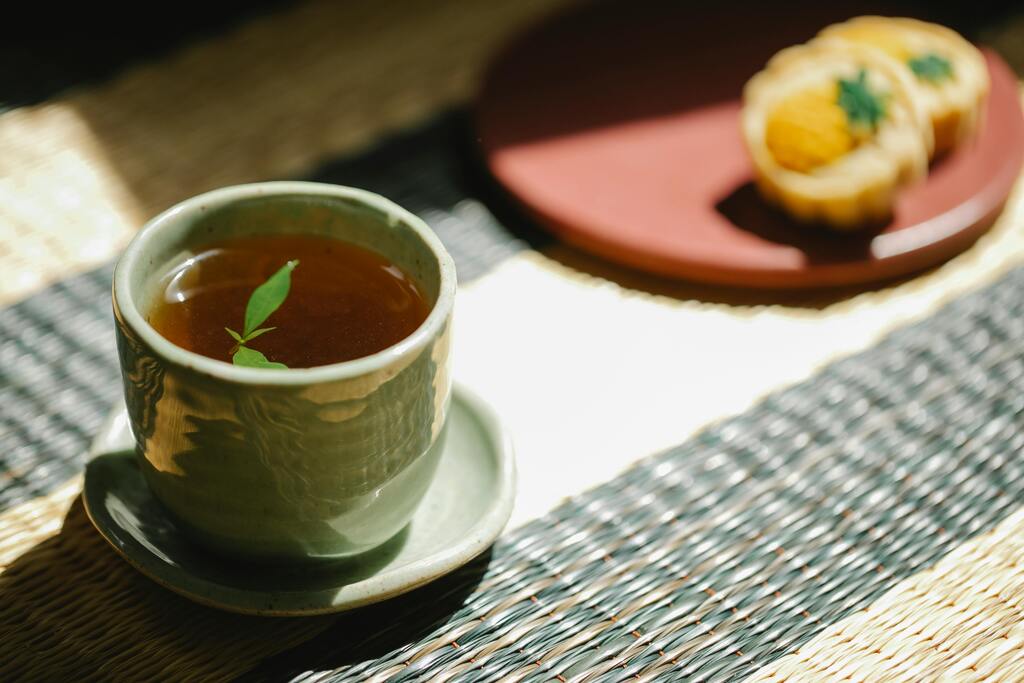
Traditional Moroccan Bread: The perfect accompaniment
A cornerstone of classic Moroccan cooking, bread is the base of nearly every Moroccan meal. Bread is more than just a in Moroccan cuisine; it’s a staple that takes center stage. Whether it’s the round, crusty khobz with a chewy interior or the flaky, buttery msemen, Moroccan bread offers variety and deliciousness in every bite.
Morocco has a long and time-honoured tradition of bread baking. Women shape the dough by hand, using age-old methods passed down from generation to generation. Once the dough is prepped, it is brought to one of the countless communal wood-fire ovens, which send sweet scents wafting throughout the neighbourhood as the loaves bake. These ovens are more than sites of baking – they are gathering places.
For Moroccans, bread is not just bread, it is an edible utensil used most often to scoop up tagines, harira and zaalouk. There is often no need for cutlery during a traditional meal, just use your fingers, and this gesture of shared dining epitomises Moroccan dining. Any experience with Morocco’s rich culinary tradition is incomplete until you have taken your fill of these round, creased loves.
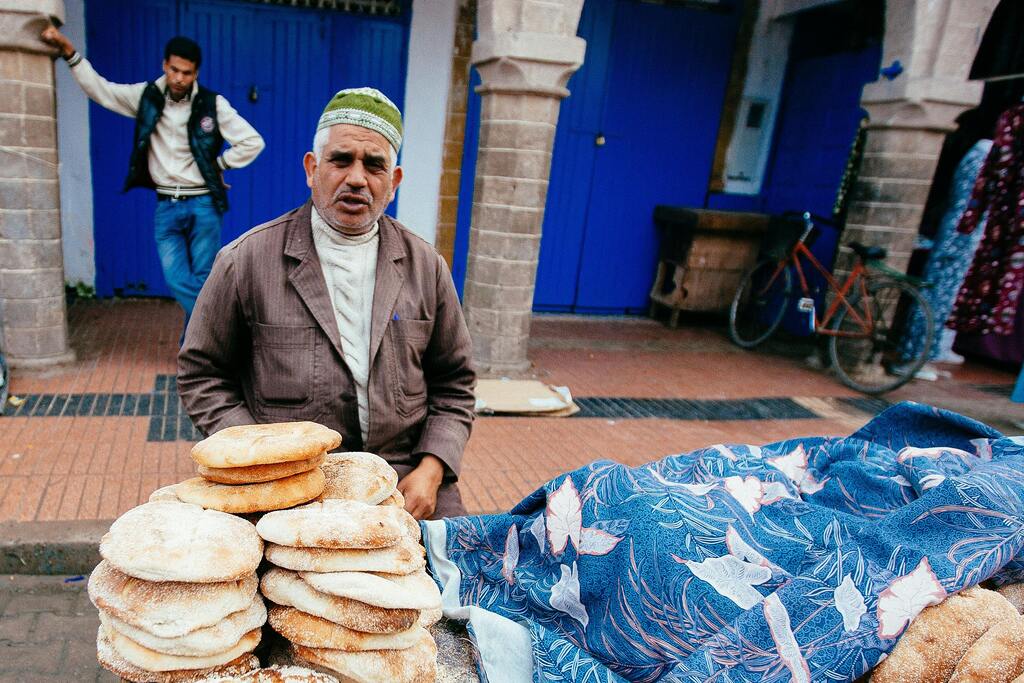
Chermoula: The secret to moroccan flavours
Chermoula, the unsung wonder child of Moroccan cuisine! This fragrant marinade is a bright melange of garlic, fresh herbs (think parsley and cilantro), lemon juice, olive oil and an array of spices — typically cumin, paprika and coriander. It yields a tangy, herbaceous punch that’s hard to place but distinctly Moroccan in all the best ways.
Often used to marinate fish before grilling, it adds richness, tang and a kiss of smoke. But why stop at fish? Toss vegetables in it to transform a simple tray of roasted or grilled veggies into a flavorful side, or marinate chicken or lamb for an extra punch. It’s a staple in every Moroccan kitchen for a reason.
In Moroccan cuisine, chermoula is not just a sauce or a marinade but an approach to flavour. This is a flavourful Moroccan food. A vibrant, creative use of herbs and spices to give a fresh life to simple foods. Chermoula is an essential element, whether you’re dining at a Moroccan table or cooking Moroccan dishes at home. It’s a taste of the culture of traditional Moroccan food.
Preserved Lemons: A unique moroccan ingredient
Preserved lemons are one of the building blocks of common Moroccan foods, providing astringent, bitter and bright flavours. Fermented in salt and lemon juice, preserved lemons are a unique ingredient that instantly elevates any dish and can’t be easily replicated.
The process of making preserved lemons is as simple as it is ingenious. Whole lemons are quartered, stuffed with salt, and left to ferment for weeks until the rinds soften and the lemon flavour intensifies. It’s the tangy and floral profile that really amps up classic Moroccan side dishes.
Richly spiced tagine, traditionally made with chicken or fish, cool and tangy salads, and savoury-sweet dips, all make it onto our list of classic Moroccan fare. As wonderful as these dishes are, the use of preserved lemons is what makes these recipes stand out. The distinct flavour and lemony floral profile, paired with the bright and astringent lemon juice add an unexpected pop of flavour.
Preserved lemons showcase the inventiveness of Moroccan cuisine, offering a taste that instantly transports you to Marrakech, amidst its vibrant streets and labor-intensive classic dishes.
Chebakia: A traditional treat for special occasions
Of all the Moroccan pastries, few are as irresistible as chebakia. The flower-shaped cookies are made with sesame, flour and deliciously aromatic spices like cinnamon and aniseed. It is one of many Moroccan desserts made during Ramadan and for special occasions — and for good reason!
The preparation of the dough is an elaborate process. The sesame, spices, flour and other ingredients are kneaded into a pastry-like dough that’s then constructed into flower motifs. The thin, buttery flowers are then golden fried and submerged in a sweet honey bath. Every bite is sweet, sticky and nutty and, with a sprinkle of sesame on top, a definite feast for the eyes and the palate!
In Morocco, chebakia has a huge cultural significance, especially during the fasting month of Ramadan. Just as they’re used to preparing this delicious snack at their homes for Iftar, people also take them to their guests in bulk and serve them at iftar time with harira soup. Their sweet richness and firm, crunchy texture contrast nicely with the savoury, hearty flavours of the soup.
Beyond the holy month, you’ll also find chebakia on the table at weddings, parties and other special events. Chebakia is a dish that’s associated with generosity, happiness and community.
Lamb Mechoui: The king of moroccan feasts
Lamb mechoui is one of the most opulent dishes served in Morocco, and a testament to the nation’s first-rate culinary culture. Found at almost every important life event—like weddings, festivals, and gatherings — mechoui is not just a meal. It’s a delicious, slow-roasted show of hospitality.
Making lamb mechoui is a slow, steady process. Cumin. Paprika. Smothered in garlic and spices, the lamb is roasted whole over an open flame or in a clay-lined oven until the meat is tender and juicy. Then it’s time to —carefully—dig into a meal full of smoky, savoury flavours.
In Moroccan villages, the scent of slowly roasting lamb wafts through the streets and summons friends, family, and neighbours over to the celebration. Once cooked, the lamb becomes a thing of beauty, dressed with fresh herbs and served with a scattering of salads, bread and complementary sides of couscous.
More than its rich flavour and deliciously intense aroma, the dish itself symbolises Moroccan hospitality and the value of sitting and eating together. For visitors wanting to get a real taste of famous Moroccan foodways, sitting down to a plate of lamb mechoui offers an unparalleled taste of tradition and the warmth of Moroccan dining.

A Taste of Morocco: Experience the best of moroccan cuisine
Moroccan food is more than just taste: it is the story that comes with each bite. It is the smell of spices hanging in the air of a frenetic souk, the heat of that first touch with communal bread straight from the oven, the laughter and the chatter and the vibrantness of an immense table set for feasting together.Feeling hungry? You can join a 5-day organised tour of Morocco that will introduce you to the best of Morocco’s food.
Frequently Asked Questions about Moroccan Cuisine
What are the most famous Moroccan dishes?
Some of the most iconic dishes in Moroccan cuisine include:
- Tagine: A slow-cooked stew named after the conical earthenware pot it’s cooked in.
- Couscous: A staple dish of steamed semolina grains often served with meat and vegetable stew.
- Pastilla: A traditional sweet and savoury pie made with thin pastry layers.
- Harira: A rich and hearty soup, especially popular during Ramadan.
What is a Tagine?
A tagine is a flavorful, slow-cooked North African stew. It is named after the unique two-part earthenware pot in which it is traditionally cooked. The conical lid traps steam and returns condensed liquid to the pot, resulting in incredibly tender meat and vegetables infused with spices.
What exactly is Couscous?
Couscous consists of small, steamed granules of rolled semolina flour. It’s a fundamental part of Moroccan cuisine, traditionally served on Fridays. It typically comes with a stew of meat (like lamb or chicken) and a variety of vegetables poured over the top.
What are the key spices in Moroccan cooking?
Moroccan cuisine is known for its aromatic blend of spices. Some of the most essential ones are:
- Cinnamon
- Cumin
- Turmeric
- Ginger
- Paprika
- Saffron
- Ras el hanout (a complex spice blend)
What is the most popular drink in Morocco?
The most popular and symbolic drink in Morocco is mint tea, often referred to as “Berber whiskey.” It’s a sweet green tea prepared with fresh spearmint leaves and a significant amount of sugar. Serving it is a gesture of hospitality and a daily tradition.
What is Harira?
Harira is a traditional Moroccan soup made with tomatoes, lentils, chickpeas, and often lamb or chicken. It’s richly seasoned with spices like ginger, turmeric, and cinnamon, and is especially popular for breaking the fast during the holy month of Ramadan.
What is a typical Moroccan breakfast?
A common Moroccan breakfast often includes various types of bread like Msemen (a flaky, layered flatbread) and Baghrir (a spongy pancake). These are typically served with honey, jam, olive oil, or cheese, accompanied by a glass of fresh orange juice or mint tea.
What is Pastilla?
Pastilla (or B’stilla) is a traditional pie that combines sweet and savoury flavours. It’s made with delicate, paper-thin pastry layers filled with meat (often pigeon or chicken), almonds, and eggs, then dusted with powdered sugar and cinnamon. A seafood version is also popular.

